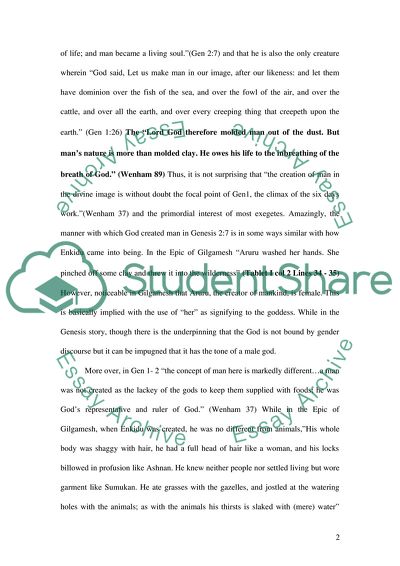Cite this document
(The Similarities of the Epic of Gilgamesh and Genesis Case Study, n.d.)
The Similarities of the Epic of Gilgamesh and Genesis Case Study. https://studentshare.org/religion-and-theology/1714251-humanities-summary
The Similarities of the Epic of Gilgamesh and Genesis Case Study. https://studentshare.org/religion-and-theology/1714251-humanities-summary
(The Similarities of the Epic of Gilgamesh and Genesis Case Study)
The Similarities of the Epic of Gilgamesh and Genesis Case Study. https://studentshare.org/religion-and-theology/1714251-humanities-summary.
The Similarities of the Epic of Gilgamesh and Genesis Case Study. https://studentshare.org/religion-and-theology/1714251-humanities-summary.
“The Similarities of the Epic of Gilgamesh and Genesis Case Study”. https://studentshare.org/religion-and-theology/1714251-humanities-summary.


